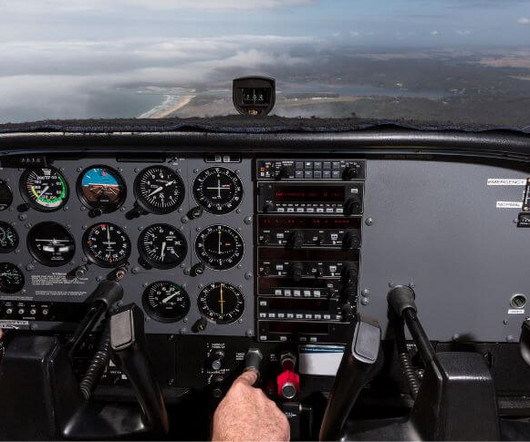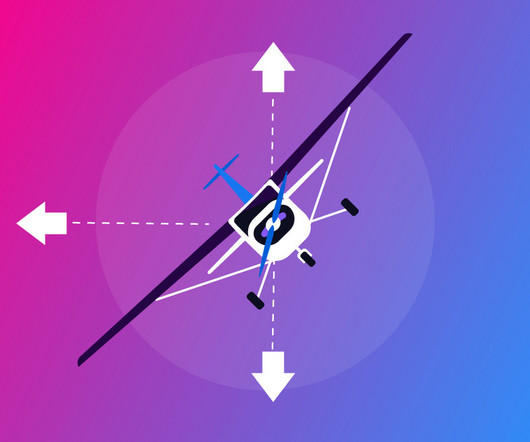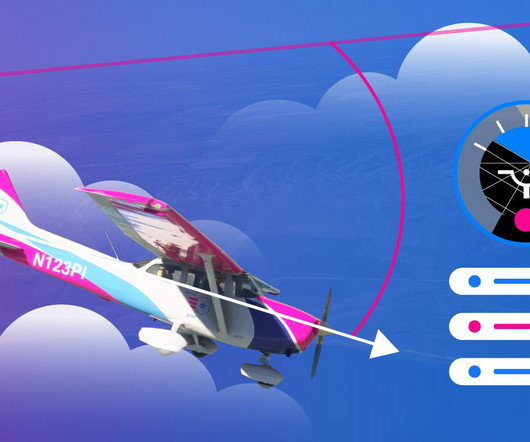Practicing Steep Turns: Techniques to Improve Pilot Control and Precision
Pilot's Life Blog
JUNE 18, 2025
This increases the load on the wings, requiring more lift to maintain altitude. Monitor your instruments closely, especially the altimeter and airspeed indicator, and make small, continuous adjustments. When performing steep turns, you typically bank the aircraft between 45 and 50 degrees.














Let's personalize your content